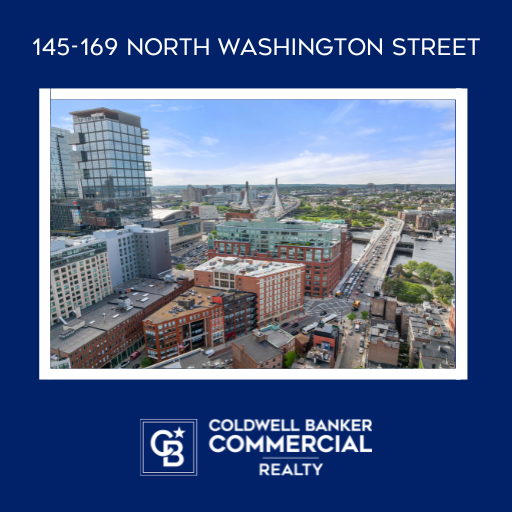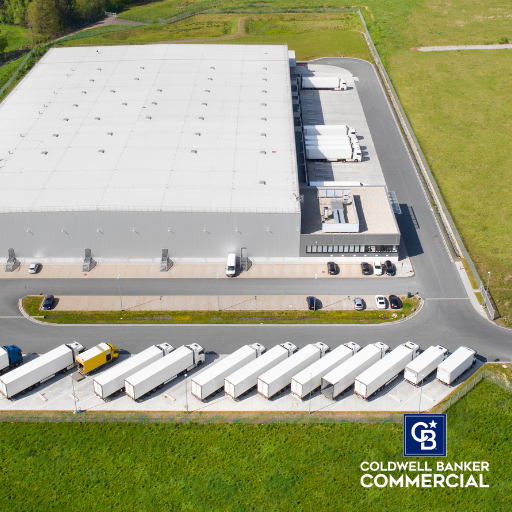4 Trends in Experiential Retail CRE Players Should Watch

The retail landscape has been changing for quite some time with the largest impact coming from online retailers and more purchases being made on the internet. In fact, in just the 3 years between 2010 and 2013 the number of store visits dropped from 34 billion visits to 17.6 billion visits according to Elite Wealth Management.
As retailers try to regroup, they are coming up with different ways to attract customers to their stores. One of these ways is by creating “experiential” retail locations or locations that are an experience for the customer and not just a place to purchase items. These experiential stores can help to reimagine the retail landscape and how retail spaces are being utilized.
Here are a few trends within the experiential retail space to watch out for:
1. Less in Store Purchases
Retailers are utilizing their physical space as more of a showroom to display their products. This really allows the consumer to immerse themselves in the product experience and really narrow down what they want in the product.
In some cases, purchases are not even happening in these stores, and all purchases are going online. The space itself is serving to help boost online sales.
2. In Store Education
Another trend that many retailers are adopting is to provide an educational experience in their brick and mortar locations. This gives an additional reason for consumers to come into the store, and it also allows the consumer to be more hands-on with the products —allowing for more research on their purchase.
Examples are arts and crafts classes at hobby stores and cooking classes at cooking supply classes. From a CRE standpoint, this could mean additional space needed for a teaching space or additional amenities such as appliances and a kitchen for cooking classes.
3. Destination Creation
Developers are getting in on the experiential action, too. They are trying to also help improve the experience of the overall location that retail shops are in. This is resulting in many more developments where there is more than just shopping —lifestyle centers are just one example. The idea of bringing people in to enjoy services that you cannot enjoy online such as restaurants, theaters, nail salons or spas is helping to bring more foot traffic into these areas that in turn help the retail tenants attract more people into the store.
The idea is that people going to these other businesses will try out some products in the retail stores while they are on their way to dinner or a movie. The right mix is key for a successful development.
4. Creating a Community Gathering Spot
Building on the idea of creating a destination, many developers are finding success in having seasonal installations or one-time events that bring the community together. Examples of this are having skating rinks in the winter or outdoor concerts in the warmer months. For developers and landlords, it allows for open space to also be utilized and possibly generate additional revenue.
Are you seeing these experiential retail trends in your market? We’d love to hear from you!
Written by Nicole Epps Brzyski for Coldwell Banker Commercial Affiliates
A Trusted Guide in Commercial Real Estate
Coldwell Banker Commercial® provides Commercial Real Estate Services from Property Sales and Leases, to Property Management. Learn how our expansive network of Independently Owned and Operated Affiliates and Real Estate Professionals use their in-depth knowledge of the local market and industry trends to help businesses and investors navigate the complexities of the commercial real estate landscape.






